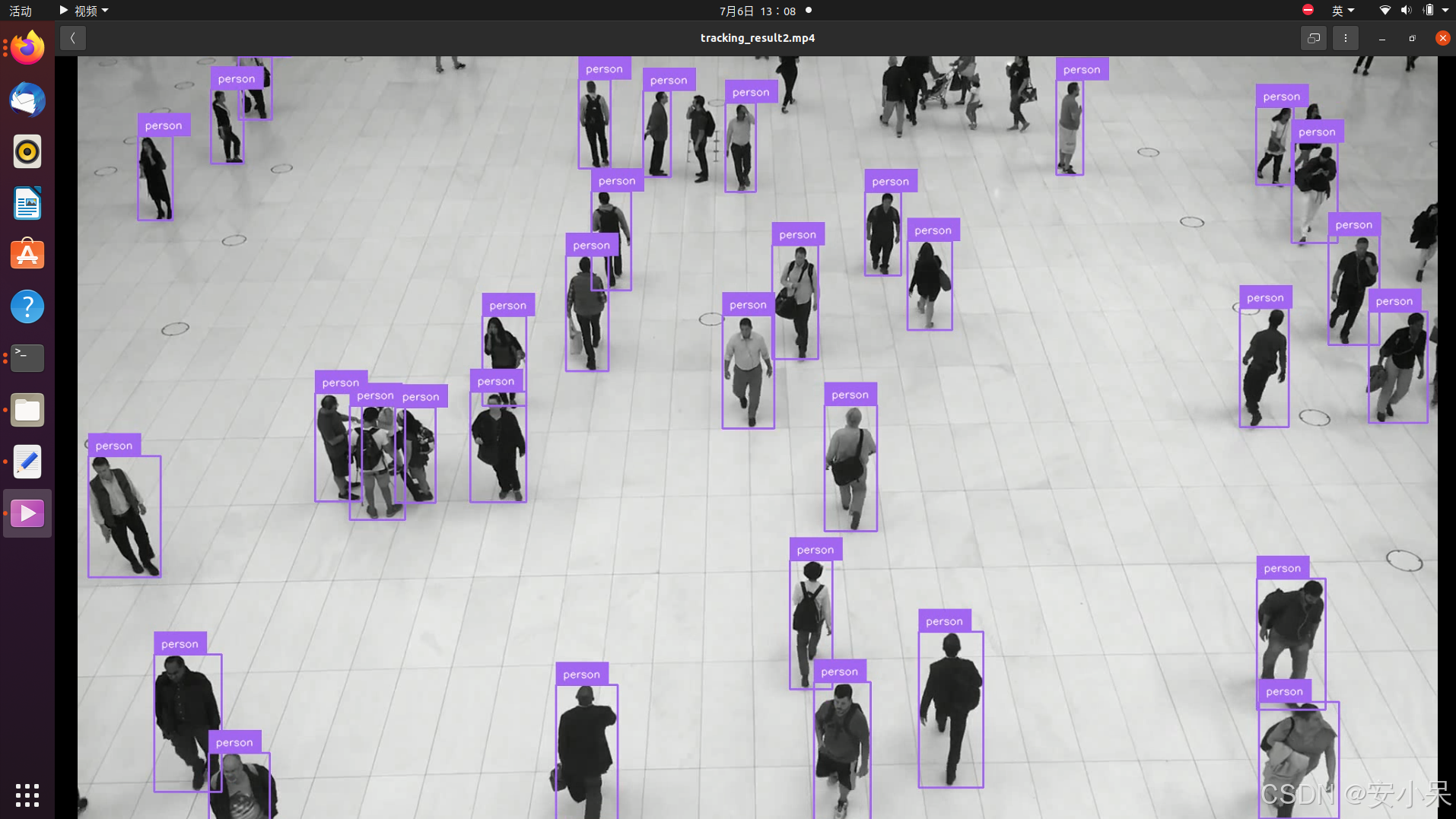
欢迎关注我👆,收藏下次不迷路┗|`O′|┛ 嗷~~
目录
一.效果
二.使用
三.部分代码
四.资源链接
一.效果

二.使用
三.部分代码
四.资源链接
非常感谢您花时间阅读我的博客,希望这些分享能为您带来启发和帮助。期待您的反馈与交流,让我们共同成长,再次感谢!
👇个人网站👇


欢迎关注我👆,收藏下次不迷路┗|`O′|┛ 嗷~~
目录
一.效果
二.使用
三.部分代码
四.资源链接

非常感谢您花时间阅读我的博客,希望这些分享能为您带来启发和帮助。期待您的反馈与交流,让我们共同成长,再次感谢!
👇个人网站👇

 9748
9748
 514
514
 463
463











 被折叠的 条评论
为什么被折叠?
被折叠的 条评论
为什么被折叠?


